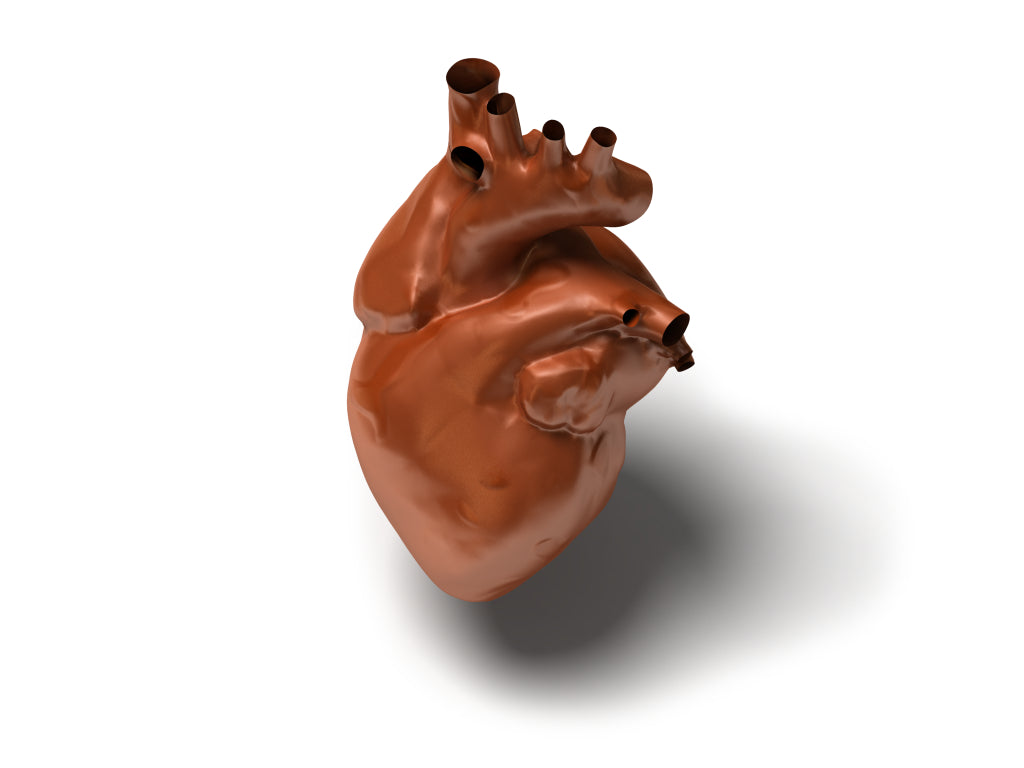Are You At Risk For Heart Disease?

 Take these steps to prevent heart disease:
•Blood Pressure: Check your blood pressure at least every 2 years or more often if you have high blood pressure. Choose and prepare foods with less salt and sodium.
•Blood Cholesterol: Get your blood cholesterol levels checked at least once every 5 years if you are age 20 or older. Choose foods that are lower in saturated fats, trans fat, and cholesterol.
•Overweight: Get your BMI and wait measured every year. Aim for a healthy weight. Try not to gain extra weight. A waist measurement of more than 35 inches for a woman and more than 40 for a man increases the risk of heart disease.
•Diabetes: Find out if you have diabetes. Diabetes is serious. You may not know you have it. It can lead to heart attacks, blindness, amputations, kidney disease, and heart attacks.
•Physical Activity: Stay active. 30 minutes a day is all it takes to reduce your risk of heart disease. Try walking, running, dancing, and playing sports.
•Smoking: Stop smoking now or cut back gradually. Cigarette smoking is addictive. It harms your heart and lungs. It can raise your blood pressure and blood cholesterol and those of others around you.
I hope you now have a better understanding of what heart disease is and how you can make changes to reduce the risk of heart disease for you and your family.
Take these steps to prevent heart disease:
•Blood Pressure: Check your blood pressure at least every 2 years or more often if you have high blood pressure. Choose and prepare foods with less salt and sodium.
•Blood Cholesterol: Get your blood cholesterol levels checked at least once every 5 years if you are age 20 or older. Choose foods that are lower in saturated fats, trans fat, and cholesterol.
•Overweight: Get your BMI and wait measured every year. Aim for a healthy weight. Try not to gain extra weight. A waist measurement of more than 35 inches for a woman and more than 40 for a man increases the risk of heart disease.
•Diabetes: Find out if you have diabetes. Diabetes is serious. You may not know you have it. It can lead to heart attacks, blindness, amputations, kidney disease, and heart attacks.
•Physical Activity: Stay active. 30 minutes a day is all it takes to reduce your risk of heart disease. Try walking, running, dancing, and playing sports.
•Smoking: Stop smoking now or cut back gradually. Cigarette smoking is addictive. It harms your heart and lungs. It can raise your blood pressure and blood cholesterol and those of others around you.
I hope you now have a better understanding of what heart disease is and how you can make changes to reduce the risk of heart disease for you and your family.
Leave a comment
Comments will be approved before showing up.
Also in Health & Beauty

Walking Toward Belonging: The Story of Huellas Latinas
In the heart of Minnesota, Huellas Latinas is redefining what it means to belong. Founded by Venezuelan urban planner Luisana Santibáñez, this inspiring organization connects Latino immigrants to nature through hiking, community, and healing. What began as one woman’s search for connection has grown into a statewide movement — empowering families to explore the outdoors, embrace wellness, and rediscover a sense of home beneath Minnesota’s open skies.

Why Working Out During Pregnancy Is Important!
Pregnancy is a transformative time in a woman’s life — physically, emotionally, and mentally. As much as I wanted to focus on the health of my baby, I learned it was equally important for myself and mothers to prioritize their own well-being.


